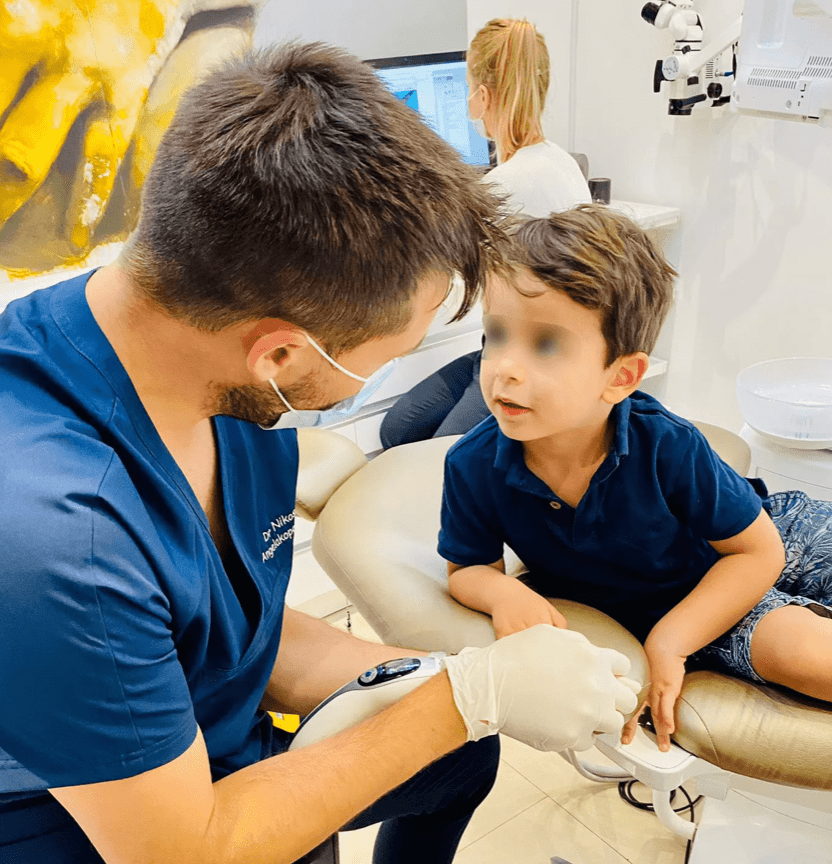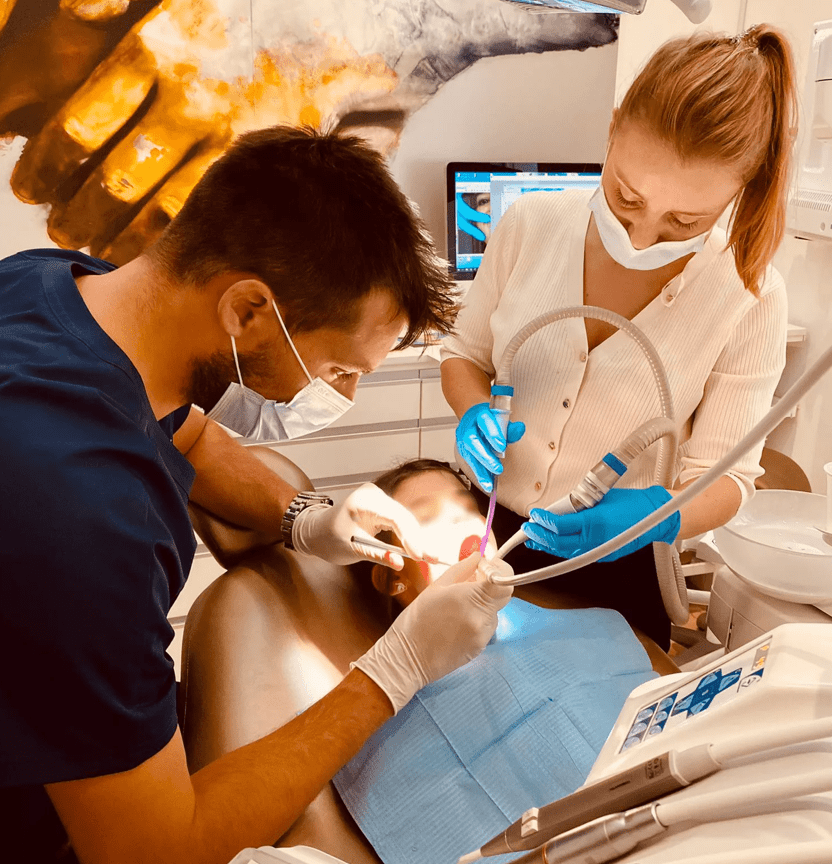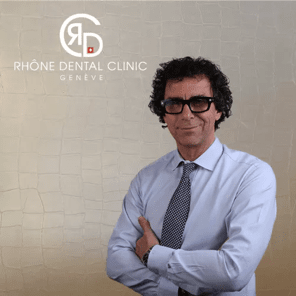Orthodontie Interceptive
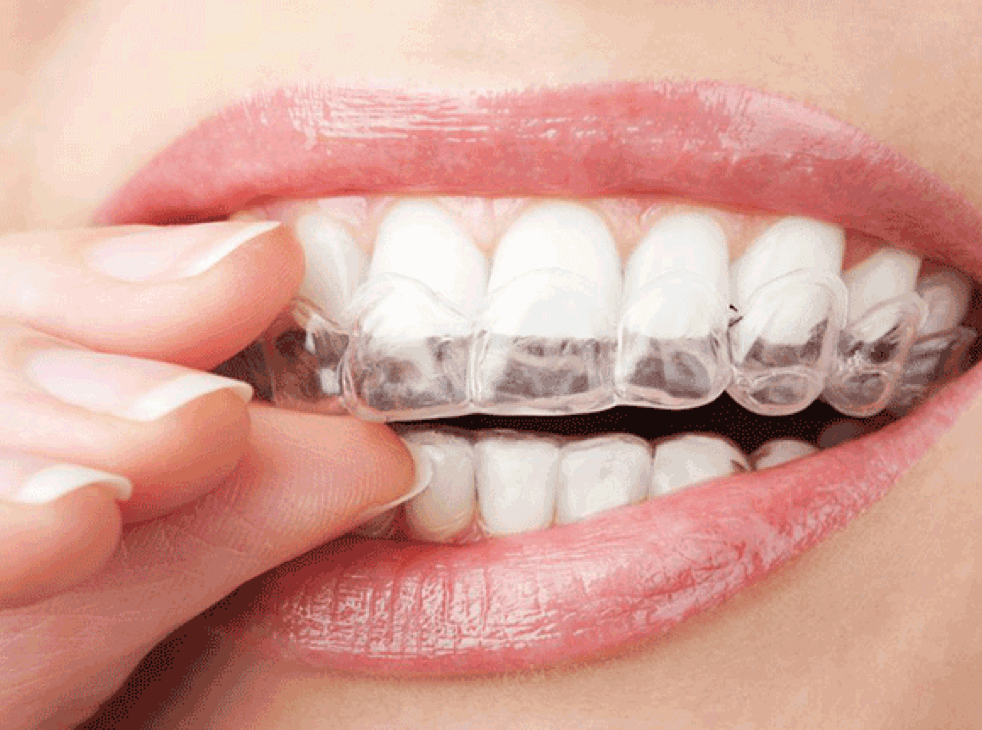
Dear readers, welcome to our article on Interceptive orthodontics. Here you’ll find useful information on orthodontics, but please note that our article is no substitute for a consultation with one of our dentists in Geneva! We’ll take the time to answer all your questions! If your questions about interceptivene orthodontics are not answered in this article, you can get further information in a consultation at the Rhône dental clinic in Geneva!
Interceptive orthodontics, understanding the concept
Even today, many of them still tell urban legends about braces, from common ones like “you have to wait for all your teeth to fall out before you get braces” to “it’s better to wait, the later you get braces, the later you suffer”.
Let’s clarify things a little. Interceptive orthodontics is a preventive weapon for our children’s oral health. Many patients mistakenly think it’s just a cosmetic treatment, but there’s much more to it than that. Children’s orthodontics is defined as interceptive because it intercepts and treats orthodontic problems, i.e. bone problems, and intervenes in skeletal growth problems, so it can and should also be practised on baby teeth. If your child had back problems, wouldn’t you take him to an orthopedist to prevent the problem from becoming structural? Yes, even for the mouth, there are genuine orthodontic treatments that act specifically on the bone. After many years of experience and thousands of successful cases, we can say that these therapies are the most preferred and, above all, the most satisfying.
Working on skeletal growth, and consequently on musculoskeletal pathologies, can literally change the face of your children.
Working early on problems such as malocclusions and deep bites helps prevent abnormalities in jawbone development from taking root. The work is functional because it helps to intercept dangerous and spoiled habits and, in this respect, collaboration with the dental speech therapist, a service offered directly at the Rhône Dental Clinic, is very important.
When to intervene? At what age?
The right time, i.e. when therapy will be most effective and efficient, is based on important studies such as cephalometric tracing or the stage of development of the cervical vertebrae; treatment can begin between 5 and 9 years of age. Growth prediction and peak growth will be very important. The most urgent situations will be crossbites, narrow palates, deviated mandibles, open bites, 3 skeletal classes which, if not intercepted, can only be resolved in adulthood by surgery.
Interceptive orthodontics: when should children have braces?
Why is it important to treat children’s teeth from an early age? Interceptive orthodontics involves treatment from an early age to eliminate the factors responsible for dental malocclusions. It is therefore very important to intervene in children’s mouths while they still have their milk teeth, to prepare their palates for the new dental arches that will appear once the milk teeth have fallen out.
Certain malformations of the jawbones and anomalies of the dental elements (malocclusions) need to be corrected with mobile and/or fixed braces. These malocclusions need to be intercepted and treated effectively, as they can lead to respiratory, masticatory, phonatory and postural disorders, thus impairing the aesthetics and overall function of the smile and face. The interceptive phase uses a mobile appliance to correct the relationships between the bony bases. To achieve these results, appliances are used as early as pre-school age, if the malposition requires it.
When to fit braces to a child?
The evolution of a child’s mouth is subjective, and there’s no precise day when baby teeth start to fall out. To find out if and when to fit braces, it’s advisable to take the little patient for a first visit towards the end of age 5. Orthodontic treatment begins at around age 6, when the milk teeth start to give way to the permanent teeth, and ends at around age 12, when the milk teeth have completely fallen out. In some cases, it makes sense to recommend braces even to a 4-year-old, as the earlier the better, both in terms of effectiveness (greater) and duration (shorter) of the procedure.
What type of braces are used?
Once it’s clear when a child needs braces, it’s time for the actual treatment: removable braces are generally used directly on the baby teeth, to correct what could become dental malocclusions on the permanent teeth. In most cases, the use of removable braces on deciduous teeth does not eliminate the need for subsequent orthodontic treatment with fixed braces, but it does considerably reduce the duration of treatment and achieve a better aesthetic and functional result. Removable appliances can be removed independently by the patient during meals and for routine cleaning, but they must be worn 14 to 18 hours a day to achieve the desired results.
Having dealt with many children, we are happy to answer the many questions parents ask.
